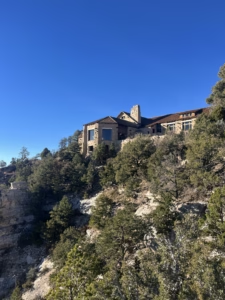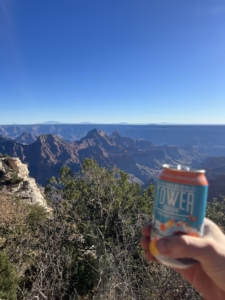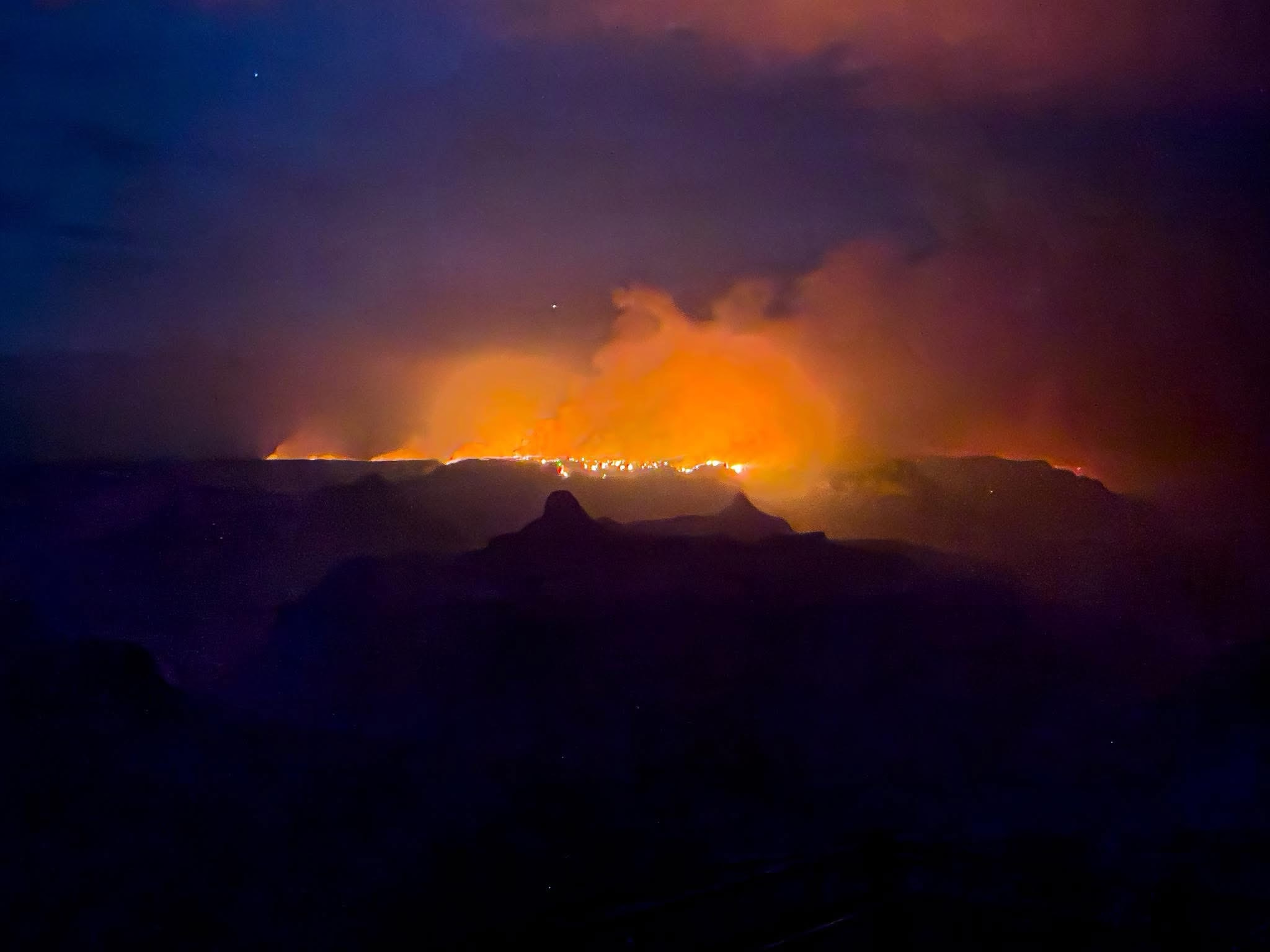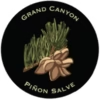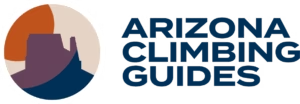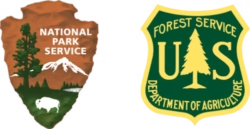On July 4th, 2025, lightning ignited what would become one of the most catastrophic wildfires in Grand Canyon history. Now named the Dragon Bravo Fire, it has consumed over 35,000 acres of the North Rim and Kaibab Plateau and is only 26% contained. This fire isn’t just burning trees—it’s erasing cultural landmarks, reshaping ecosystems, devastating communities, and leaving deep emotional scars on all who hold this place sacred.
The North Rim Lodge, a crown jewel of Arizona and a best-kept secret for locals and canyon lovers alike, is gone. The lodge was more than a historic building; it was an island of peace perched on the edge of the most miraculous landscape on Earth. Locals treasured it not just as a destination, but as a sanctuary—an architectural heart of the canyon’s quiet side. Many of us were better just knowing it was there, waiting for our next visit. That comfort is now gone.
The impact on the Grand Canyon guiding community is equally heartbreaking. Many outfitters were already struggling after Havasupai Falls closed to commercial guiding—some losing over half their annual revenue. Now, with Rim-to-Rim hikes off-limits for the entire season, guides face losing what’s left of their year’s earnings. It’s more than financial—it’s identity, livelihood, and purpose slipping away in smoke.
But it goes even deeper. The fire’s impact on Grand Canyon hydrology is potentially irreversible. The canyon’s springs and aquifers—lifelines for ecosystems, hikers, and wildlife—are fed by the snowpack of the North Rim. What happens when tens of thousands of acres of forest are reduced to ash? One can only infer:
-
Will the springs run black with silt and debris?
-
Will the fragile sinkholes that regenerate these springs become blocked, silencing their flow altogether?
-
Or will new hydrologies emerge—unexpected, unrecognizable?
The scale is difficult to comprehend. Fire crews, over 1,000 strong, are risking their lives to contain this inferno. Winds gusting over 30 mph have pushed flames north and northeast into the Saddle Mountain Wilderness, and crews are racing to protect the Kaibab Lodge and historic structures nearby. The air is thick with smoke and the sense that we are witnessing the irreversible.
This isn’t just a fire. It’s a watershed moment in the history of Grand Canyon National Park. One we will tell stories about for generations—how everything changed in the summer of 2025.
For me personally, this tragedy hits hard. Last November, just before the roads closed for winter, I visited the North Rim Lodge. Everything was shut down—but still accessible. I walked to the lodge alone and found something I could’ve never imagined: silence and solitude on the veranda. Not a soul in sight. Just me, a couple Tower Stations (Flagstaff’s finest IPA), and the endless canyon vista. It felt like time stopped. I cried. I laughed. I gave thanks.
Little did I know that would be my final moment at that sacred place.
Now it’s gone.
My heart goes out to everyone impacted—the firefighters, the lodge employees who lost everything, the guiding community, and especially the Native communities whose artwork and ancestral homelands are woven into this land. This is more than a natural disaster—it’s a spiritual rupture.
We don’t yet know the full extent of what’s been lost. But we do know this: The canyon will never be the same again.
Stay safe. Stay informed. Stay connected.
Resources & Updates:
-
Temporary Flight Restrictions: FAA TFR Info
-
Air Quality Monitoring: wildlandfiresmoke.net
-
Mountain Lion Project Blog Post – A Fundraiser for the Canyon
